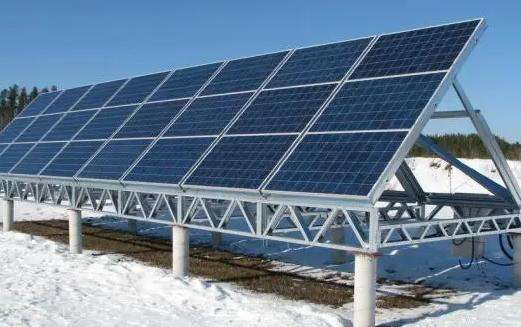A solar cell is a device that reacts to light and converts light energy into electricity. There are many types of materials that can produce photovoltaic effects, such as: monocrystalline silicon, polycrystalline silicon, amorphous silicon, gallium arsenide, copper selenium indium, etc. Their principles of energy production are basically the same. Crystalline silicon is now used as an example to describe the photovoltaic power production process. Crystalline P-type silicon is doped with phosphorus to obtain N-type silicon, forming a P-N junction.
When light irradiates the surface of the solar cell, part of the photons is absorbed by the silicon material; the energy of the photons is transferred to the silicon atoms, causing the electrons to migrate and become free electrons which accumulate on both sides of the P-N junction to formsea a potential. Wrong, when the external circuit is connected, under the action of this voltage, a current will flow through the external circuit to produce a certain output power. The essence of this process is: the process of converting photon energy into electrical energy.
Principle of energy production by silicon solar cells
Silicon Si, atomic number 14, atomic weight 28.0855, silicon has two forms : crystalline and amorphous. Solar energy is an inexhaustible source of renewable energy for humanity. It is also a clean energy and produces no environmental pollution.
In the efficient utilization of solar energy, the utilization of solar photovoltaic energy is the fastest growing and most dynamic research field in recent years, and constitutes the one of the most publicized projects.
The production of solar cellssilicon is mainly based on semiconductor materials. Its working principle is to use photoelectric materials to absorb light energy and then produce photoelectric conversion reactions.
When other impurities are added to the silicon crystal, such as boron, which is relatively stable at room temperature and can interact with nitrogen, carbon and silicon, the boron also reacts with many metals and metal oxides at elevated temperatures. temperatures to form?
:Usual crystalline silicon solar cells are manufactured on high-quality silicon wafers with a thickness of 350 to 450 μm, which are sawn from drawn or cast silicon ingots.














